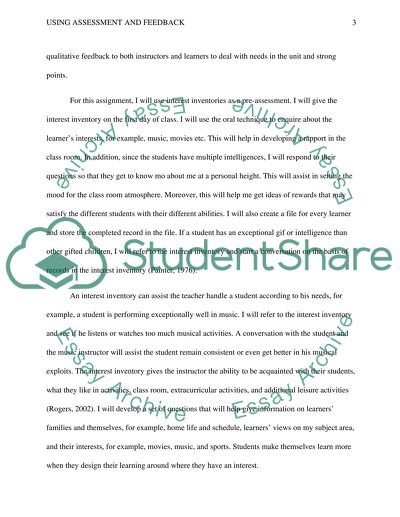Cite this document
(“Using Assessment and Feedback Essay Example | Topics and Well Written Essays - 750 words”, n.d.)
Using Assessment and Feedback Essay Example | Topics and Well Written Essays - 750 words. Retrieved from https://studentshare.org/education/1461436-using-assessment-and-feedback
Using Assessment and Feedback Essay Example | Topics and Well Written Essays - 750 words. Retrieved from https://studentshare.org/education/1461436-using-assessment-and-feedback
(Using Assessment and Feedback Essay Example | Topics and Well Written Essays - 750 Words)
Using Assessment and Feedback Essay Example | Topics and Well Written Essays - 750 Words. https://studentshare.org/education/1461436-using-assessment-and-feedback.
Using Assessment and Feedback Essay Example | Topics and Well Written Essays - 750 Words. https://studentshare.org/education/1461436-using-assessment-and-feedback.
“Using Assessment and Feedback Essay Example | Topics and Well Written Essays - 750 Words”, n.d. https://studentshare.org/education/1461436-using-assessment-and-feedback.


